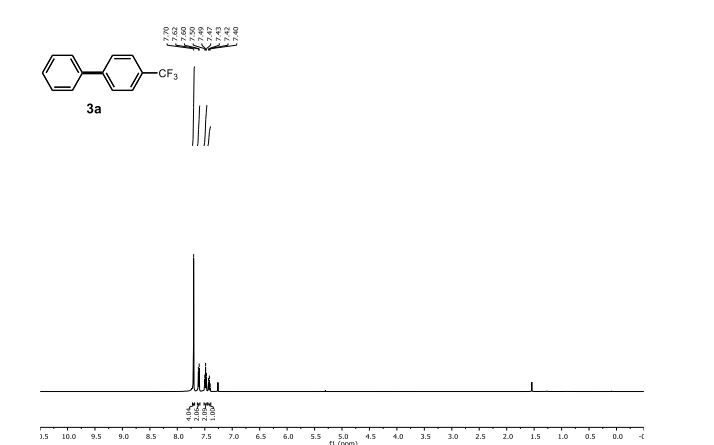A photoreactor that generates a thin film upon rotation for efficient irradiation of solutions is described. The reactor is based around a standard piece of equipment found in most synthetic laboratories, namely, a rotary evaporator. Three different photo-oxidation reactions have been used to examine the effects of several parameters such as irradiated volume, flask size, rotation speed, and light intensity. The reactor can be operated in a semicontinuous manner, and two possible configurations are described. The thickness of the generated film and the rate of mixing under different conditions have been examined using in situ electronic absorption spectroscopy.
Safety warning: Any experiment involving flammable organic solvents and air or pure oxygen is potentially hazardous, especially when partially contained, as is the case of the flask of our reactor. We took the following precautions and encountered no problems but we stress the need for readers to make safety assessments for their own experiments as peripheral circumstances may be different from ours. All experiments were carried out in a fume hood or ventilated enclosure with adequate ventilation and the front lowered. Any obvious sources of ignition were removed. Oxygen was fed from a cylinder fitted with a compliant regulator and was delivered at a maintained pressure of 1 bar using a mass flow controller compatible with oxygen. The equipment was maintained and cleaned free of grease at all times to prevent any incompatibilities with oxygen. Temperatures were kept at ambient. When working above the solvent flash point and LOC, care must be taken to ensure that all possible risks have been considered. Appropriate safeguards and suitable safety measures must be implemented.
A Simple and Versatile Reactor for Photochemistry
†School of Chemistry, ‡Department of Mechanical, Materials and Manufacturing Engineering, The University of Nottingham, University Park, Nottingham NG7 2RD, United Kingdom
§ Department of Chemical and Environmental Engineering, The University of Nottingham Ningbo China, 199 Taikang East Road, Ningbo 315100, China
Org. Process Res. Dev., Article ASAP
DOI: 10.1021/acs.oprd.6b00257
*E-mail: martyn.poliakoff@nottingham.ac.uk (M.P.)., *E-mail: mike.george@nottingham.ac.uk (M.W.G.).
//////////











 .
.












 Highlights
Highlights












